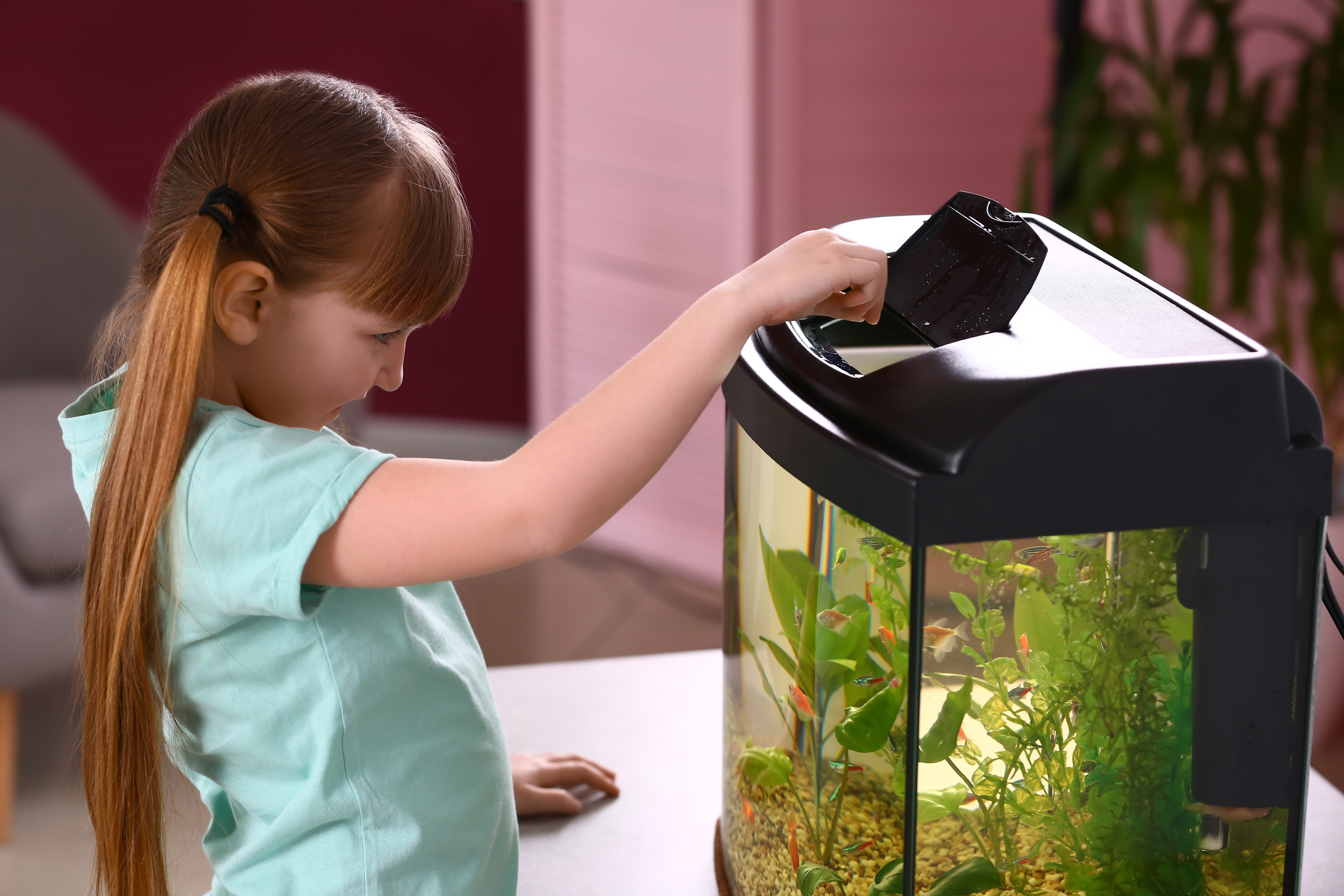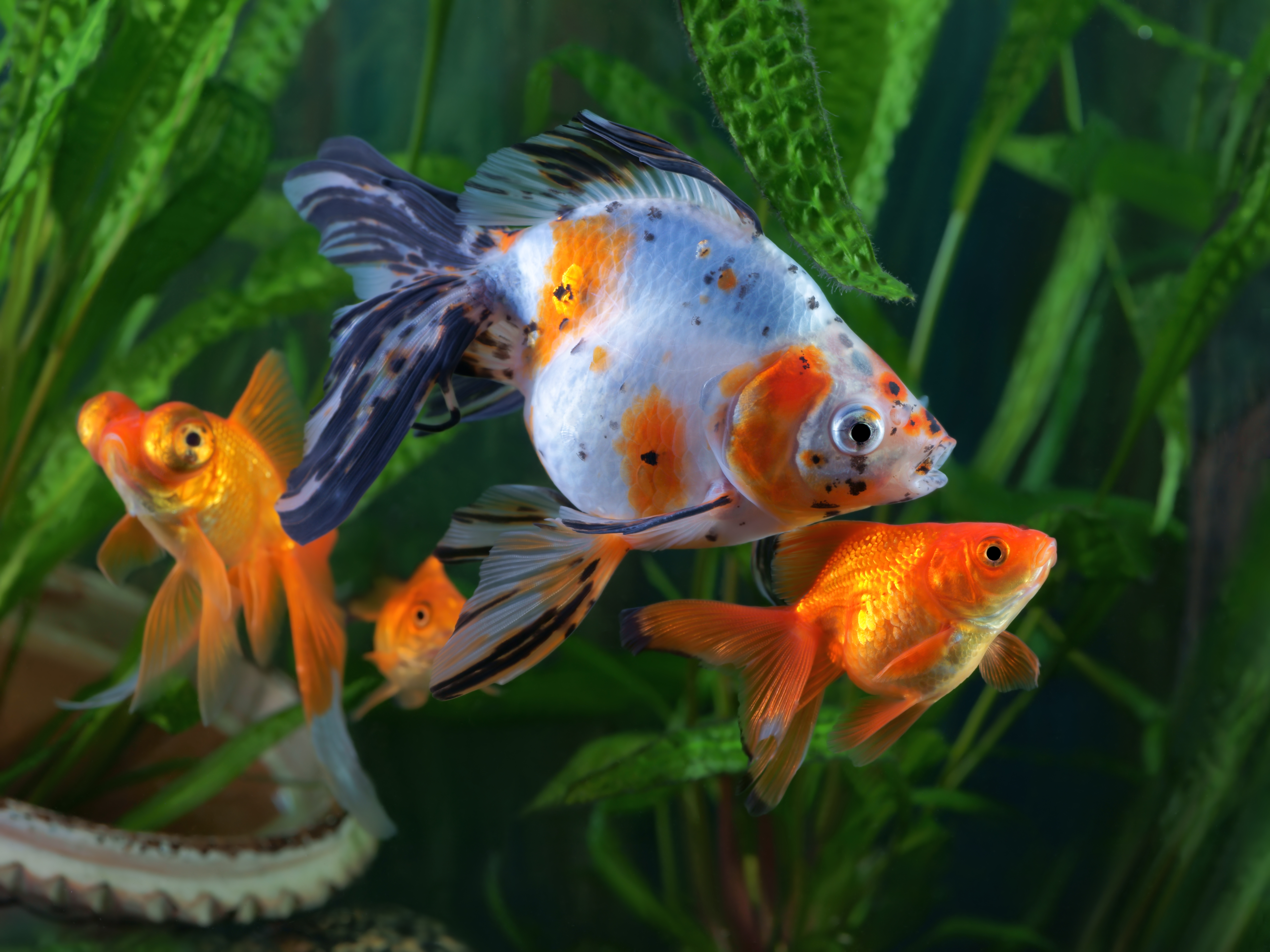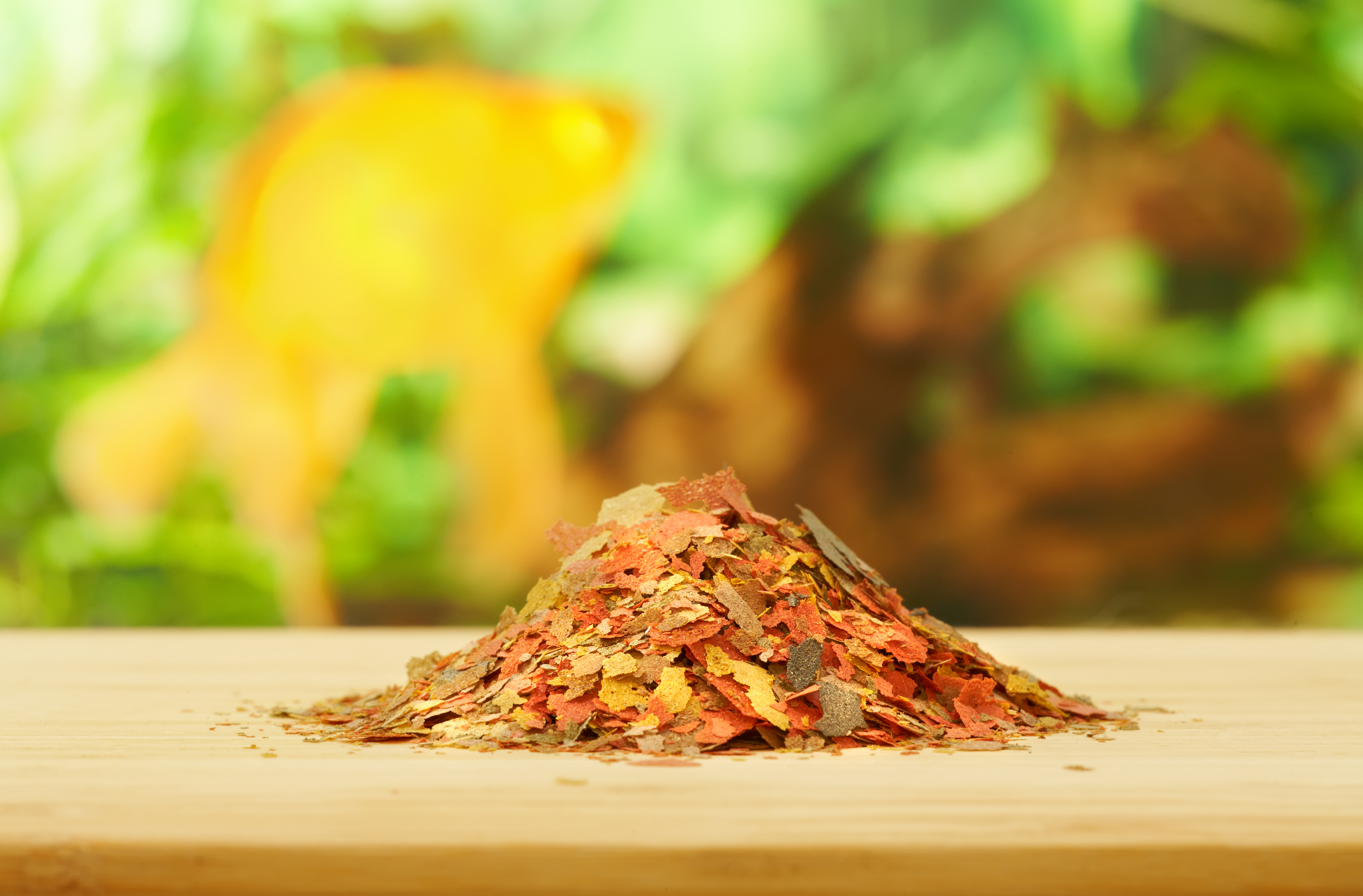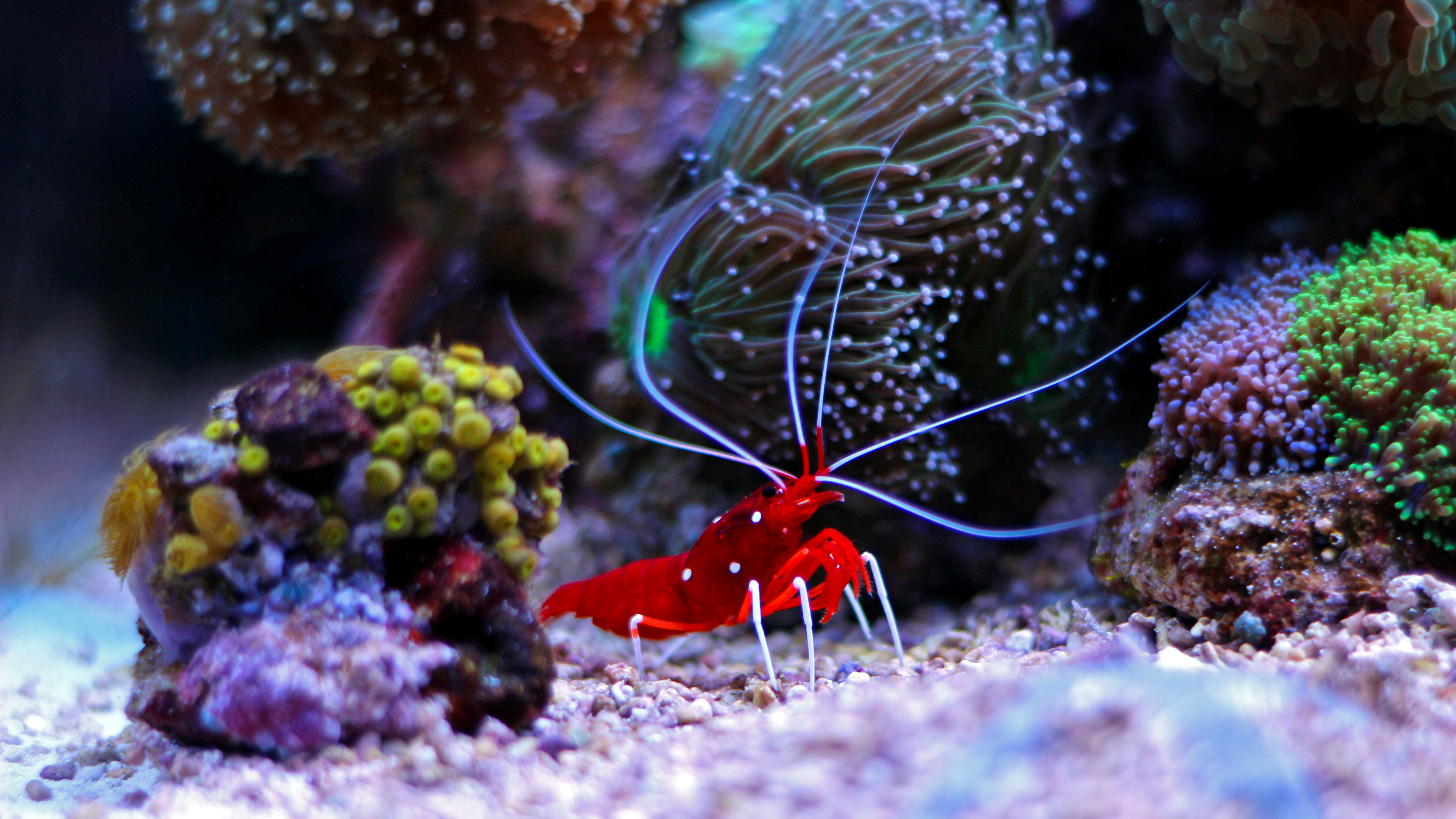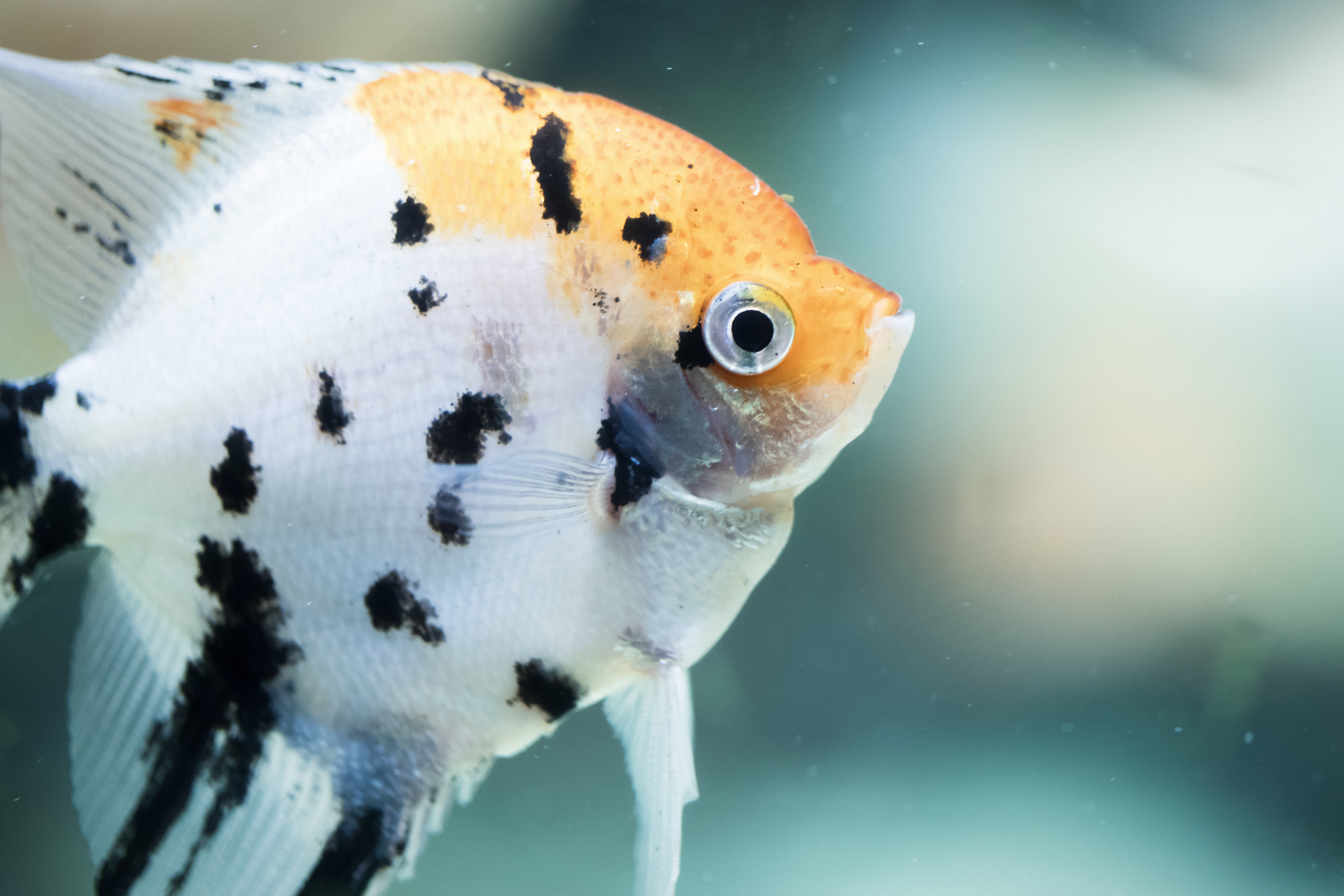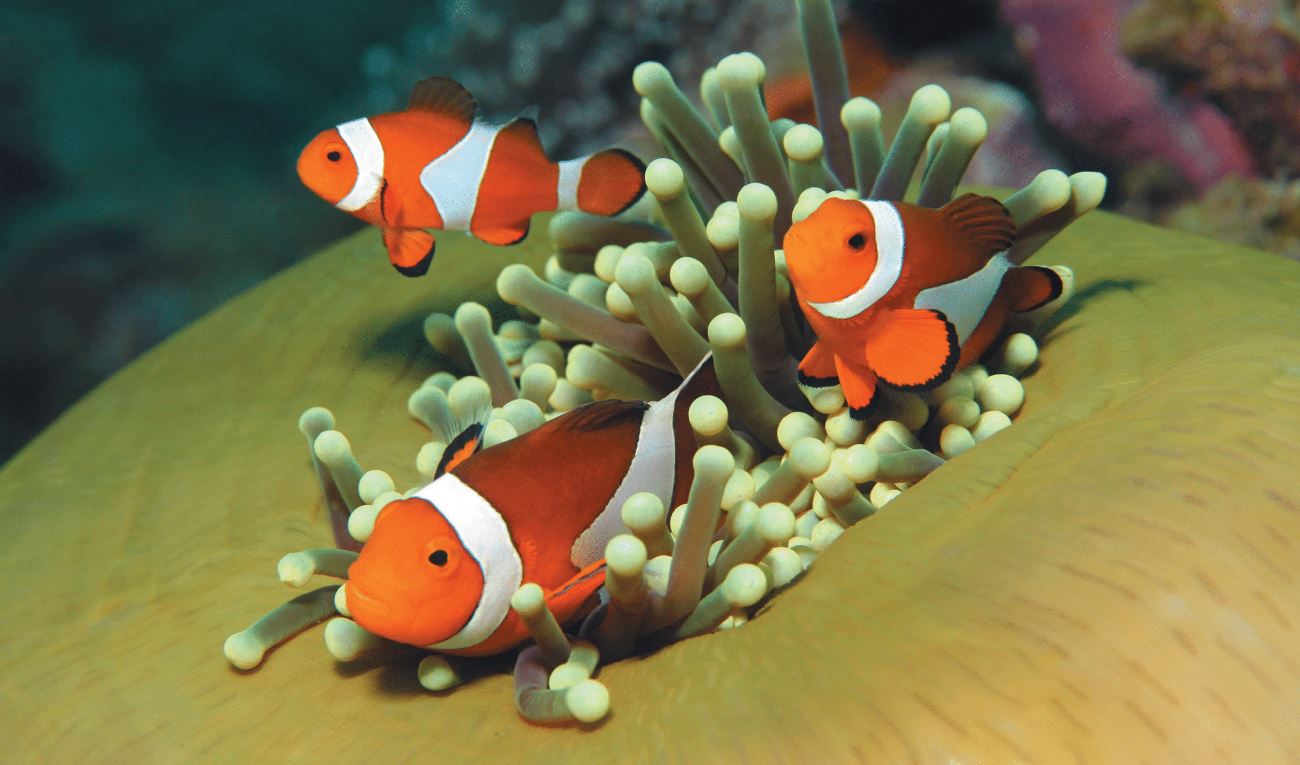Cast of Characters
Karen M. Alley //December 1, 2015//
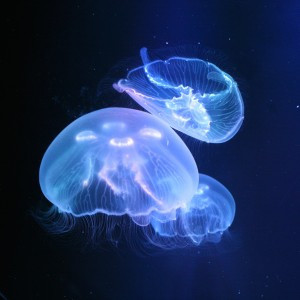 It’s no surprise that the awards for movies and television shows include awards for best supporting actors and actresses in addition to awards for the lead roles. After all, in many cases the supporting actors play just as large a part and sometimes outshine their leading men and women. The supporting cast is vitally important in movies—and aquariums.
It’s no surprise that the awards for movies and television shows include awards for best supporting actors and actresses in addition to awards for the lead roles. After all, in many cases the supporting actors play just as large a part and sometimes outshine their leading men and women. The supporting cast is vitally important in movies—and aquariums.
For years, invertebrates have had an important yet supporting role in aquariums. Snails and crabs eat algae and uneaten food, sea stars and sea cucumbers take care of unwanted waste and serve as great natural aerators, and anemones make excellent homes for clownfish. These creatures are beautiful and interesting in their own right, and thanks to some new varieties of invertebrates and new types of equipment, more of them are getting to play leading roles in aquariums.
Mesmerizing Jellyfish
One of the up-and-coming stars of the invertebrate category is jellyfish. These creatures are fascinating to watch as they glide through the water, but their delicate bodies have made them challenging to keep in home aquariums. Advances in lighting and filters have enabled specialized aquarium kits for jellyfish to hit the consumer market, making it easier for people to own jellyfish. Both Jellyfish Art and Cubic Aquarium Systems have kits that include everything you need to make start up easy.
“One of the things that is really important for healthy jellyfish is the proper temperature,” said Joe Turner, general manager, Jellyfish Art. “They like a stable temperature in the mid-60’s to only as high as about 78 degrees. Our kits come with an air pump that doesn’t input heat into the system. We also use LED lights, which provide great visual effect without the heat of a traditional light.”
Jellyfish Art aquariums also come with a substrate, salt and a bio starter for set up and food for the jellyfish.
“Introducing jellyfish to the consumer is a good way to bring more diversity into the category,” said Patrick Egan, store manager and invertebrate curator at Absolutely Fish, based in Clifton, New Jersey.
“We’ve definitely had a lot of interest in our store displays; it’s the first place most of the kids will go. But it’s important to keep in mind these are delicate creatures that take a lot of maintenance. Customer education is very important when choosing to add these products to your inventory.”
Vibrant Freshwater Shrimp
Another category that is seeing growth lately is freshwater shrimp, thanks to their hardy nature and new varieties with bright colors.
“Freshwater shrimp are pretty easy to take care of,” said Rebecca Noah, marine one aquarist, Absolutely Fish. “They aren’t too fussy about water conditions, will tolerate a range of pH values and they work well in small tanks, all of which helps make them popular.”
The fact that they’re relatively easy to care for might keep shrimp lovers happy, but it’s the vibrant new colors that seem to attract people to the species in the first place. Red cherry, blue tiger, orange sunkist and black rili shrimp all live up to their names with vibrant colors that pop when walking around in a tank with a few green plants.
As consumer interest in freshwater shrimp grows, so does the category itself.
Manufacturers have met the demand with products specifically designed freshwater shrimp. Substrates such as Aquasolum Black Humate from Seachem and Prodibio’s AquaShrimp powder have small granules that make it easier for shrimp to get around comfortably and lay their eggs. Fluval’s Shrimp Granules contain the vitamins and minerals these creatures need, including iodine which helps in the molting process.
Dedicating an endcap to freshwater shrimp is a good way to build customer awareness.
“We’ve seen the success of dedicated endcaps over the years with hermit crabs and bettas, and I think the time is ripe for a similar solution with freshwater shrimp,” said Brian Shavlik, Hydor’s sales manager.
Nothing grabs a person’s attention more than a nicely planted aquarium with a few brightly colored shrimp walking around. An endcap provides the place to highlight all of the products designed specifically for shrimp.
Mixing It Up
Single-species aquariums are gaining in popularity, but the majority of people purchasing invertebrates are still getting them for aquariums that contain a variety of fish and invertebrates. In these cases, it is important to have products that are safe for both.
Fritz Industries has recently introduced a new product in its Mardel line of treatments, Maracyn Plus, which is an antibiotic that comes with a new form of application that allows you to deliver the antibiotic straight to the fish.
“This way you can get your fish the medicine they need without changing the water quality of the entire tank and possibly affecting the invertebrates,” said Mike Noce, sales manager at Fritz Aquatics.
Another new product is the Hydor 3rd Generation pump, which comes with three different attachments, two sizes of fish guards and a flow diffuser. These options make it easier for people with a variety of species of invertebrates to set the pump to help keep animals that crawl around from getting sucked up in the pump.
“We’ve also made some substantial increases to the energy consumption, so our largest pump produces 2,450 gallons per hour of flow with just 6.5 watts of energy,” Shavlik said.
Whether kept as a single species or in a group, now is the invertebrate’s time to shine.
“Many species in this category are beautiful and interesting outside of the practical functions they provide in a tank,” said Daniel Griffin, tech support specialist at Seachem Labs.
The new color variants in shrimp, new crayfish like the dwarf orange Mexican crayfish, and new crabs like the red devil and purple vampire are just a few examples of colorful invertebrates that will draw the eye of your consumer and help create diversity and excitement in this category.






